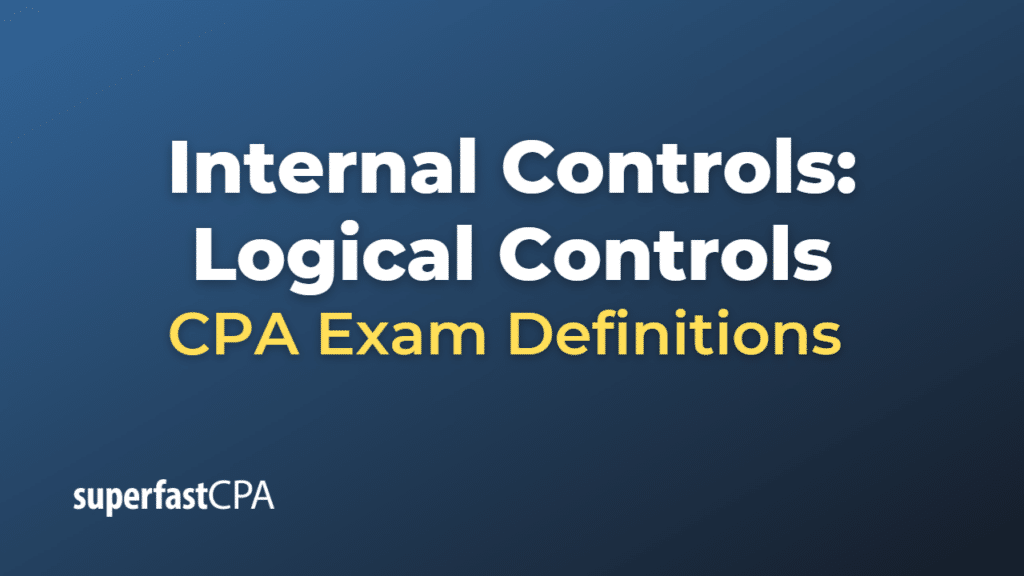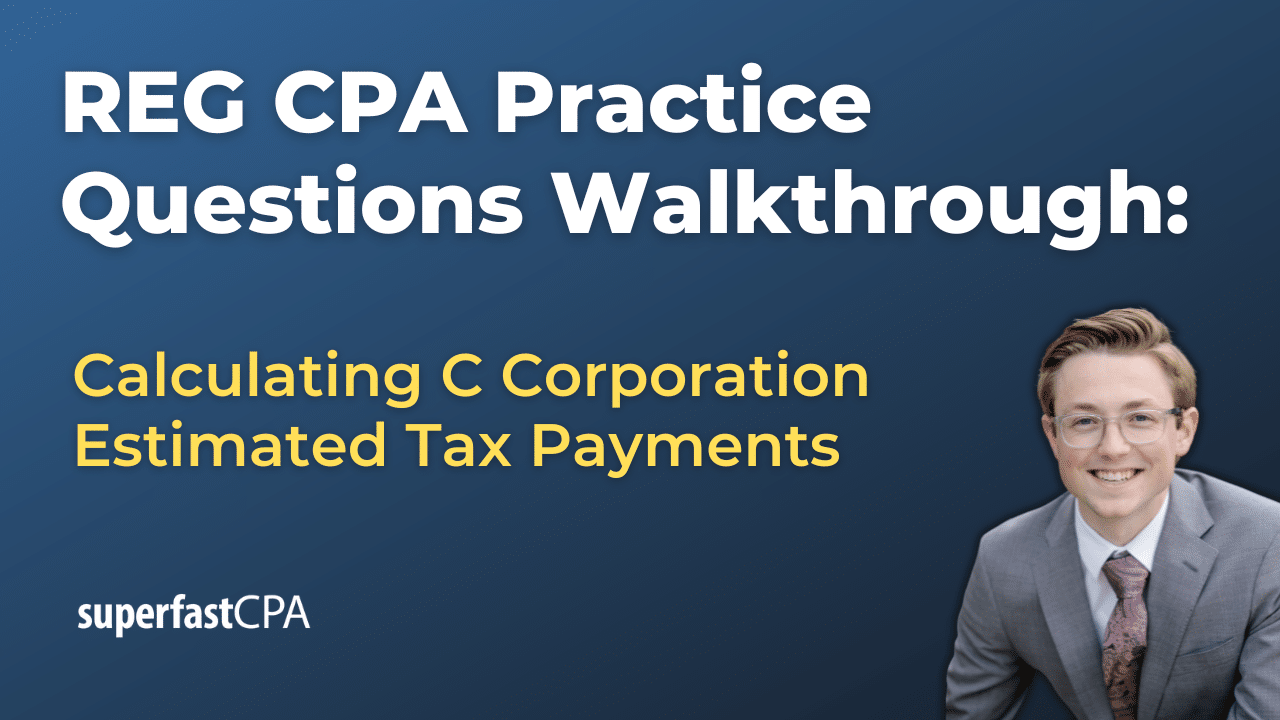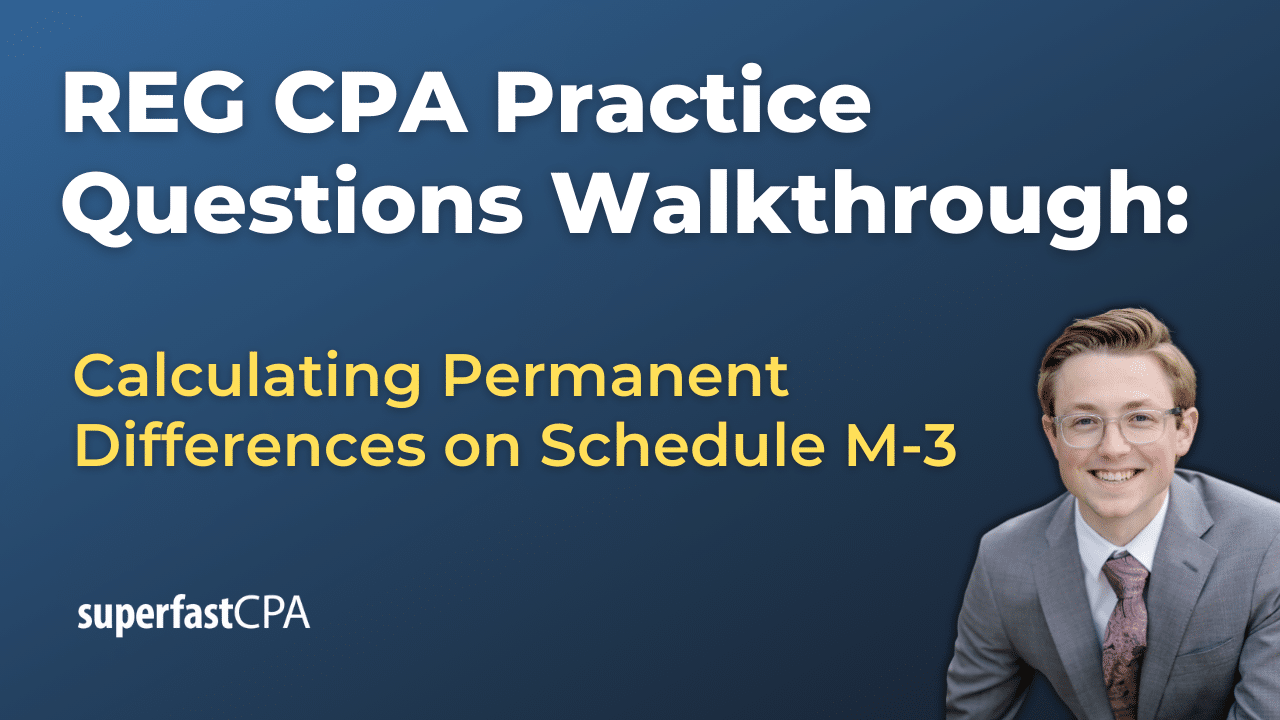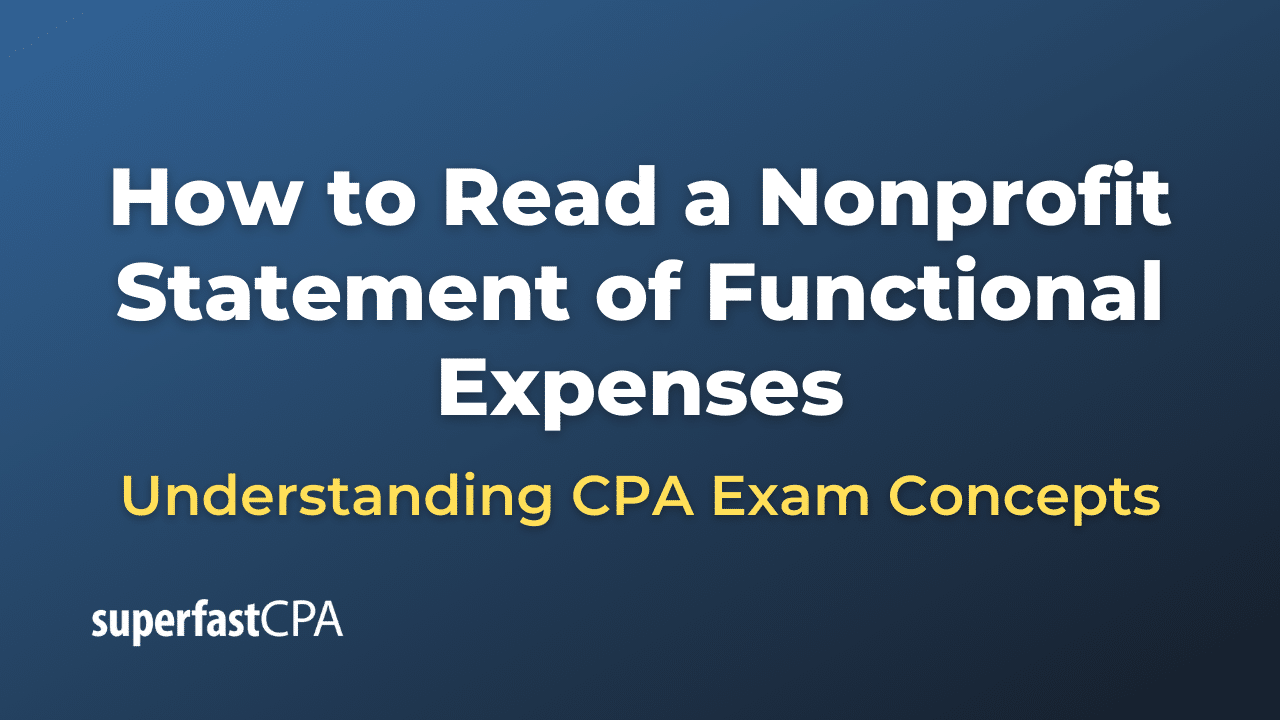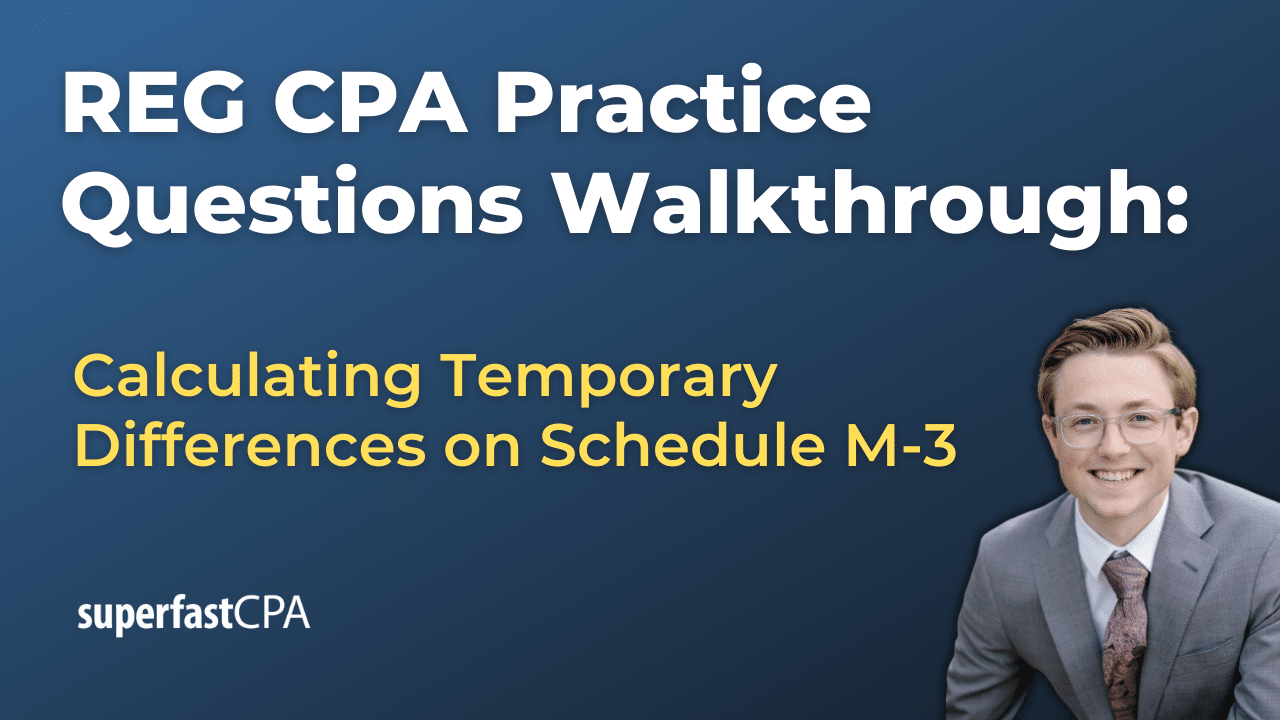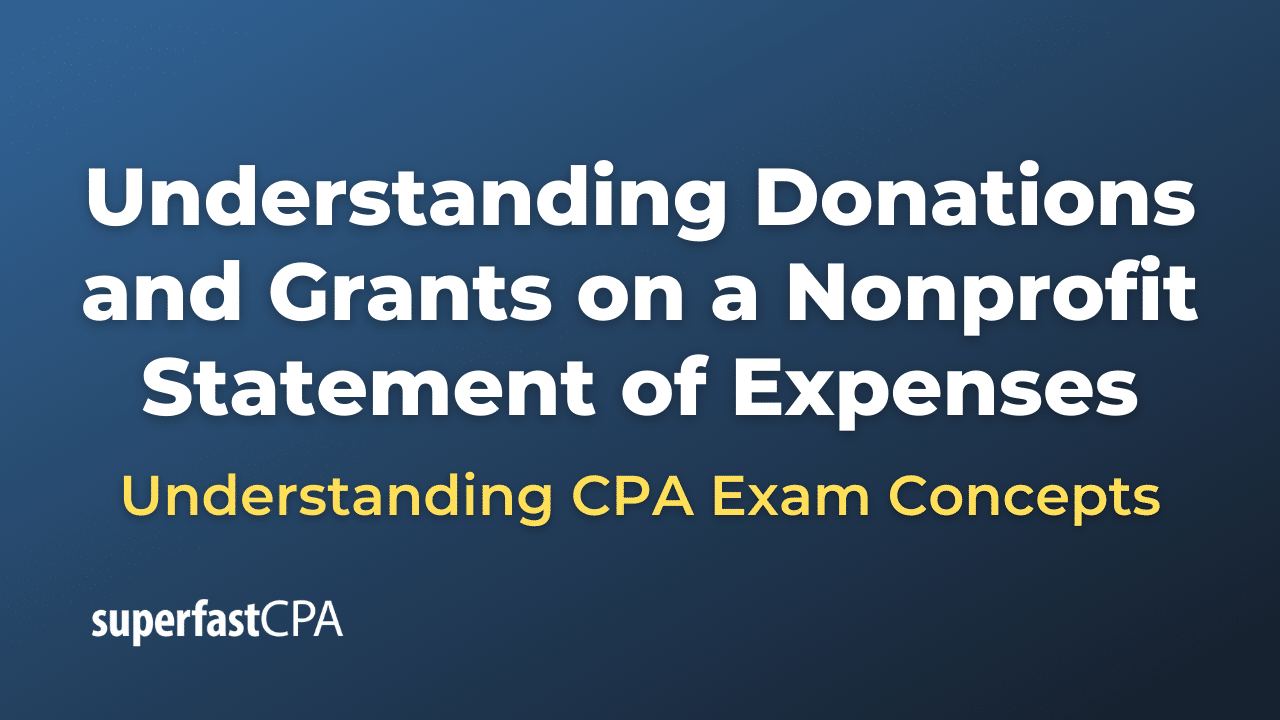Internal Controls: Logical Controls
Testing the design and implementation of relevant automated and manual transaction-level internal controls involving logical controls helps an auditor assess the risks of material misstatements and plan further audit procedures. The following steps outline how to test the design and implementation of these controls:
- Identify relevant controls: Determine the key automated and manual transaction-level internal controls involving logical controls, such as access controls to critical IT systems and applications, password policies, user authentication mechanisms, or segregation of duties within IT systems.
- Understand the control design: Gain an understanding of the design of each identified control, including the purpose, process flow, and control objectives. Assess the adequacy of the control design in addressing the associated risks and whether the control is preventive or detective.
- Evaluate segregation of duties: Assess whether there is an appropriate segregation of duties within the control process, ensuring that no single individual has the ability to initiate, record, and control access to sensitive data or systems without independent review or oversight.
- Perform walkthroughs: Conduct walkthroughs of the identified controls, observing the control activities in action, and tracing sample transactions from initiation to completion. This helps in understanding the control process and assessing whether it operates as designed.
- Inspect documentation: Review documentation related to the identified controls, such as policy and procedure manuals, system configurations, access control settings, or security logs. Evaluate the documentation to determine whether it supports the proper design and implementation of the controls.
- Test control effectiveness: Test the effectiveness of the controls by selecting a sample of users or transactions subject to the logical controls. For manual controls, review supporting documentation or observe the control activities in operation. For automated controls, test the system’s configuration settings, perform computer-assisted audit techniques (CAATs), or use specialized IT audit tools to verify that the logical controls are functioning as intended.
- Interview key personnel: Interview personnel involved in the control process, such as IT administrators responsible for access control, employees responsible for managing sensitive data, or system developers. Obtain insights into the control activities, their understanding of the control objectives, and any known issues or challenges.
- Document test results: Create clear and comprehensive documentation of the tests performed, including the sample transactions or users tested, the procedures performed, and the results obtained. Highlight any identified control deficiencies or deviations and assess their potential impact on the financial statements.
- Assess control deficiencies: Based on the test results, assess the identified control deficiencies and determine whether they represent significant deficiencies or material weaknesses in the entity’s internal control over financial reporting. This information will be used to plan further audit procedures, including additional tests of controls or substantive procedures, as necessary.
By following these steps, auditors can test the design and implementation of relevant automated and manual transaction-level internal controls involving logical controls, providing valuable insights into the effectiveness of the entity’s internal control over financial reporting.

